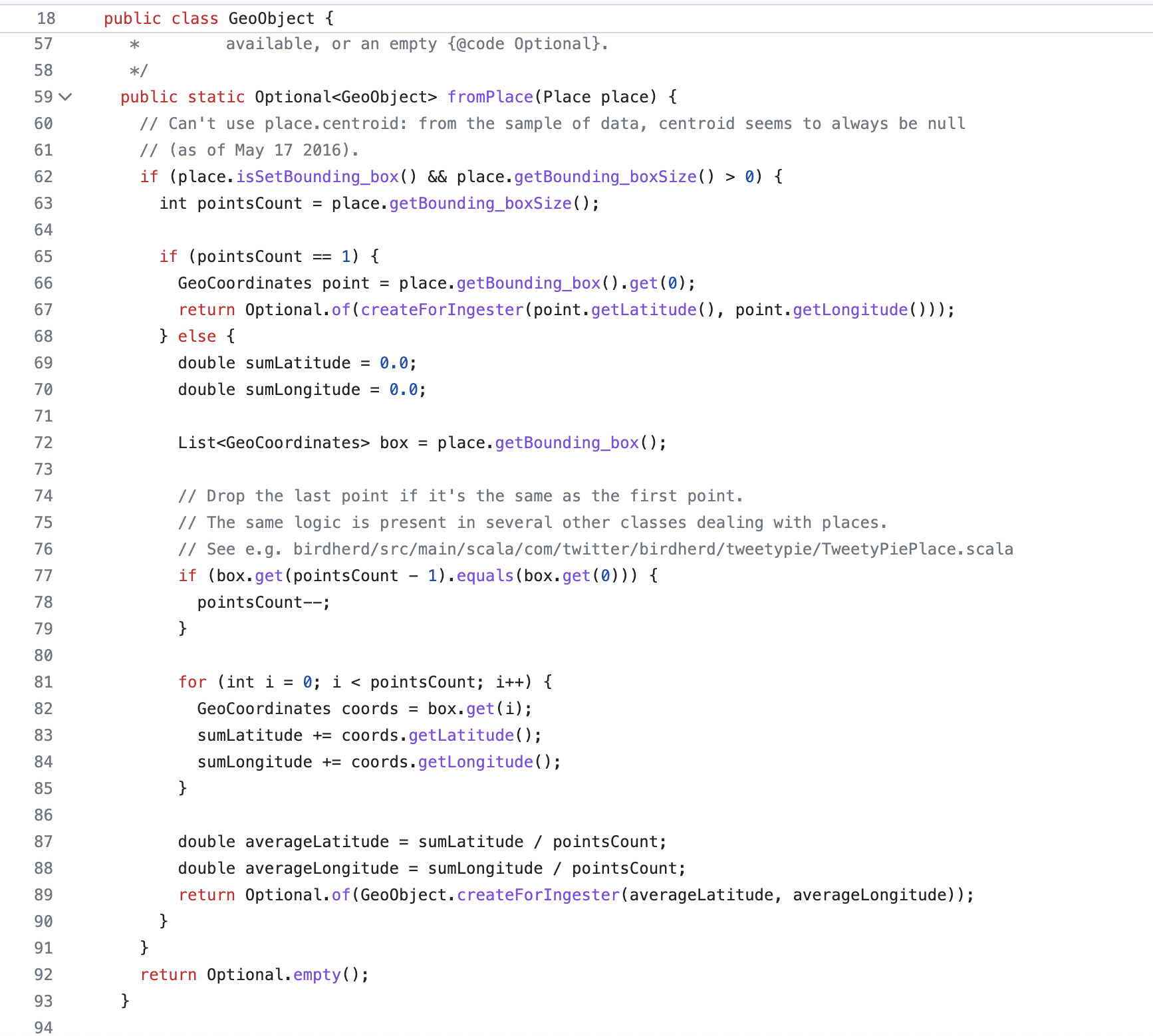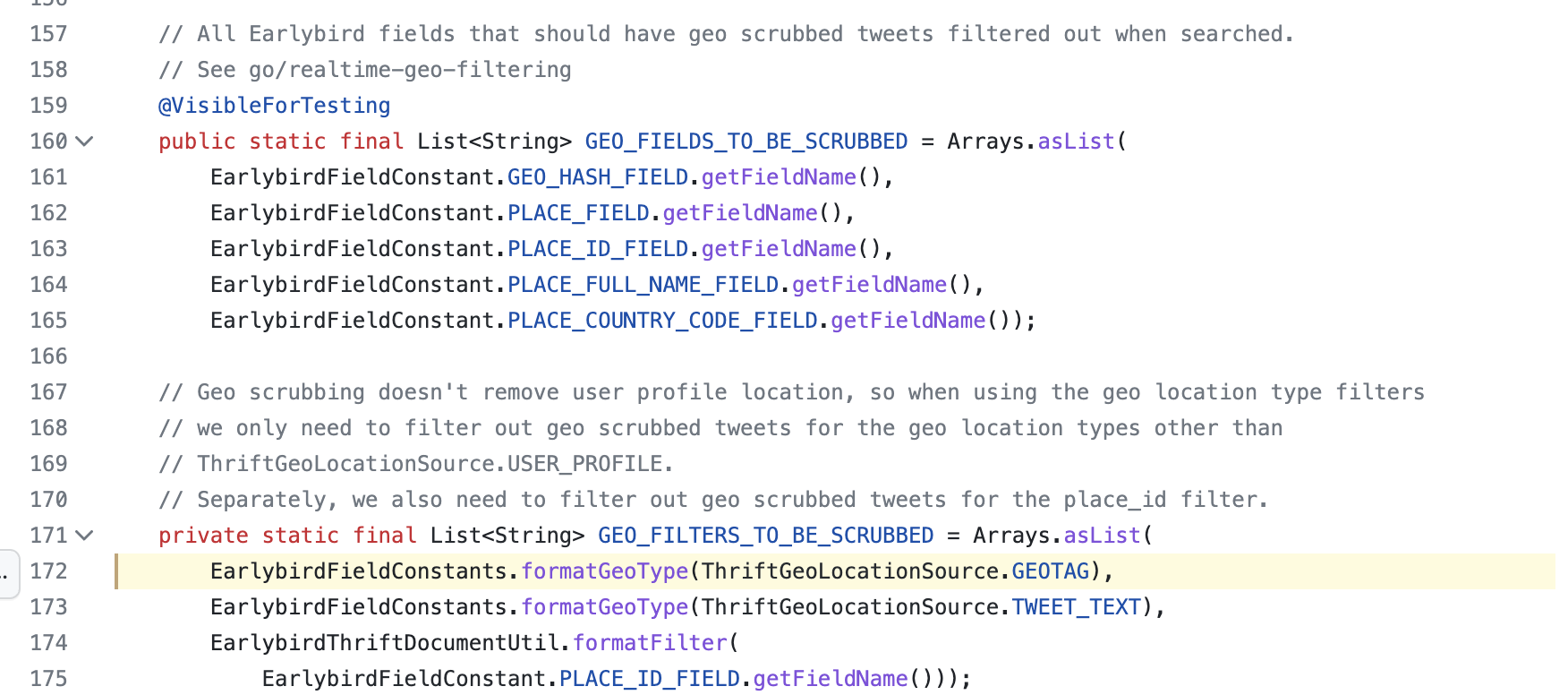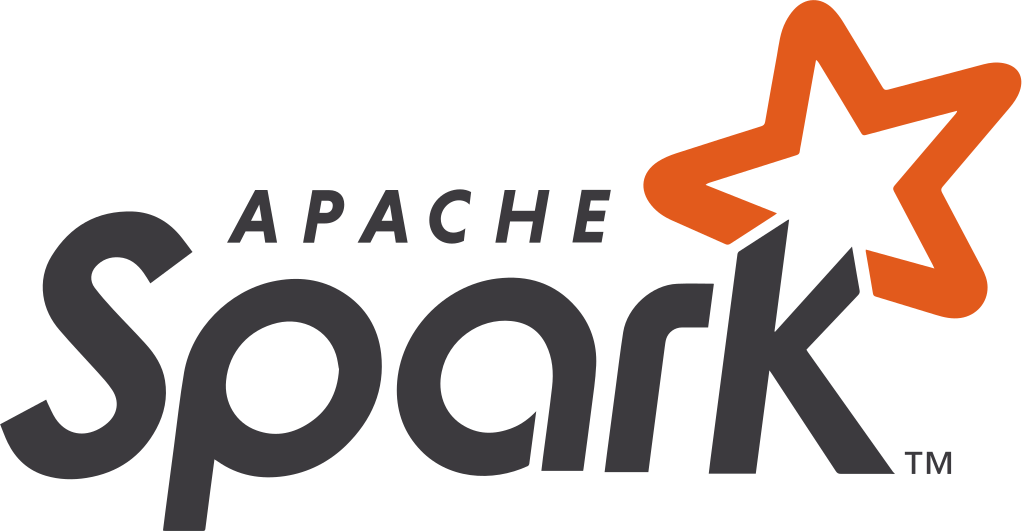geohash

Geometry Object

Always collects your location

Geo blacklist

Geohash explorer
https://geohash.softeng.co/
| Index Precision | Bounding Box |
|---|---|
| 1 | ≤ 5,000km X 5,000 Km |
| 2 | ≤ 1,250km X 625km |
| 3 | ≤ 156km X 156km |
| 4 | ≤ 39.1km X 19.5km |
| 5 | ≤ 4.89km X 4.89km |
| 6 | ≤ 1.22km X 0.61km |
| 7 | ≤ 153m X 153m |
| 8 | ≤ 38.2m X 19.1m |
| 9 | ≤ 4.77m X 4.77m |
| 10 | ≤ 1.19m X 0.596m |
| 11 | ≤ 149mm X 149mm |
| 12 | ≤ 37.2mm X 18.6mm |
(23.321, 42.697)
(23.321, 42.697)
sx8dfsymrrcc
Spatial Index
Locations without coordinates
H3
S2
Shared Characters
Shared Characters
sx8dfsymrrcc(reference point)sx8dfsymrrc9 (0.13 meters away)sx8dfsymrr11 (0.62 meters away)sx8dfsymr1qn (5.19 meters away)sx8dfsy2j3dm (141.8 meters away)
Strings are cheap
Distance matrices are expensive
Search for a shared string
# A tibble: 60 × 3
name rating price_level
<chr> <dbl> <int>
1 Espresso Love 4.4 1
2 Caffè Nero 4.2 2
3 Ogawa Coffee 4.6 2
4 George Howell Coffee 4.6 2
5 Render Coffee 4.4 1
6 Jaho Coffee Roaster & Wine Bar 4.3 2
7 The Well Coffee House 4.7 1
8 Kohi Coffee Company 4.7 1
9 Caffè Nero 4.1 2
10 Caffè Nero 4.4 2
# ℹ 50 more rows# A tibble: 7 × 3
name geohash shared_chars
<chr> <chr> <int>
1 Caffè Nero drt2yyx9mj6t 6
2 George Howell Coffee drt2yyqwe8r7 6
3 Caffè Nero drt2yynp0vqs 6
4 Thinking Cup drt2yykfq0r5 6
5 Starbucks drt2yywg71qc 6
6 Starbucks drt2yyrmzf78 6
7 Starbucks drt2yy8zuexj 6
Understand
Know
Understand
Know
Ready?
Z-order curves
2 Dimensions -> 1 Dimension
I M P O R T A N T
Z-coordinate
(x, y) -> Z
x = 23
y = 42
z = ??
23
00010111
42
00101010
Interleaving
interleave manim video
x & y are 8 bits
z is 16 bits
that’s pretty much it.
Back to bits
double precision
floating point
64 bits
01000000 00110011 00000111 10101110
00010100 01111010 11100001 01000111
128 bits
01000000 00110011 00000111 10101110
00010100 01111010 11100001 01000111
01000000 00110011 00000111 10101110
00010100 01111010 11100001 01000111
Truncate to 32 bits
01000000 00110011 00000111 10101110
Long & lat to binary
Encoding longitude
x = 19- interval:
[-180, 180) - partition:
[-180, 0),[0, 180) - Left = 0
- Right = 1
Encoding longitude
x = 19- new interval
[0, 180) - partition:
[0, 90),[90, 180) - Bit =
0
Encoding latitude
y = 47- interval:
[-90, 90) - partition:
[-90, 0),[0, 90) - Bit = 1
Binary != GeoHash
Base32 encoding
Base 10 (decimal)
0, 1, 2, 3, 4, 5, 6, 7, 8, 9
Base 2 (binary)
0, 1
Base n
- the number of characters in the alphabet
Base 32
A-Z
2-7
RFC 4648
Geohash Alphabet
0-9
a-z (except a, i, l, o)
Base 32 == 5 bits
00000 == 0
11111 == 31
2^5 possible values
Decoding 32 bit
110100001010011011010100100000
11010 00010 10011 01101 01001 00000
11010
11010 == 26
00010 == 2
10011 == 20
01101 == 14
01001 == 9
00000 == 0
26 2 20 14 9 0
BASE32[26]
BASE32[26] == 'u'
BASE32[2] == '2'
u 2 n f 9 0
RECAP
Z-coord
1 dim mapping from (x, y)
Encode X & Y as binary
Partition number line
[-180, 0) [0, 180)
1
[-180, -90) [-90, 0)
1 0
Interleave bits
Break up the bits
11001 00100 00001 11111
Translate into integers
25 4 1 31
Base 32 encode
A note on bits
Coding Geohash
Define x and y
Specify precision
Define search vectors
Allocate binary vectors
Encode X
Encode X
Encode X
Encode X
Encode X
Encode X
Encode X
Encode X
Repeat for Y
Encode Y
Interleave
Split into 5 bits
12’s the limit!
Drop unused bits
Base 32 alphabet
Bits to int
Bits to int
Bits to int
Bits to int
Bits to int
Make it into a function
Base 32 conversion
base32_conversion <- function(x) {
bit_lu <- c('0', '1', '2', '3', '4', '5', '6', '7',
'8', '9', 'b', 'c', 'd', 'e', 'f', 'g',
'h', 'j', 'k', 'm', 'n', 'p', 'q', 'r',
's', 't', 'u', 'v', 'w', 'x', 'y', 'z')
# add 1 b/c R is 1 base indexed
position <- strtoi(paste(x, collapse = ""), 2) + 1
bit_lu[position]
}Encode all
Encode all
[1] "u" "2" "m" "e" "2" "k" "5" "6" "u" "5" "4" "b"Encode all
[1] "u2me2k56u54b"